Finally, this ‘ol homesteader can breath a sigh of relief! Dare I say… something went as planned? And considering the fact that nothing ever goes as planned, I'm counting this a big success. Huge. Gigantic. An incredibly large success.
A delicious success, too.
In fact, if it was up to me, I'd bathe in this success… as I'm sure Kings and Queens of the past have undoubtedly done. Fill up a tub with success, slip out of your work clothes, and slip right into heaven. And, ya know, success.
Sorry – just allow me to bask in the sunshine for a moment, streams of angel-kissed rays hitting my smiling face. Because these moments are fleeting, no doubt. So while I can enjoy it, I will.
Sorry again – you really have no idea what I'm talking about, do you? Really, all that I've explained is that there's a naked, hairy, old King in a bathtub of… something.
Let's start from the top, shall we?
Last week, we suited up and finally opened up our two beehives that were started last Spring. We've been keeping a close eye on the bees throughout the cold and windy winter, gently rapping the box with our knuckle to see if we could stimulate buzzing inside. Were they alive? Did they have enough food? Had they been infected by any sort of mite? Did mice get in and steal all their winter stores?
On warm days, we'd run down to the hives to see a few bees trickle in and out of the opening. A good sign.
When things really started to warm up more consistently, we'd really notice a steady stream of bees coming out of the hive to have a “cleansing flight” – that is, where the bees fly out of the hive for a few minutes to, ya know, poop and stuff.
Bees are extremely hygienic insects and prefer not to poop where they eat. Maybe they could teach Sally, or my children, a lesson about that.
Anyway.
We opened up the hives to find that the winter stores of honey we'd left them with were in great standing! Not only did they have enough food to get through the winter, but they still had lots of extra! I was able to breath a deep sign of relief at that site! Oh happy day, little bees!
My beekeeping mentor told me last spring that as a first year beekeeper, it was essential to focus on one goal: get the bees to survive their first winter. Because we stayed focused on this goal, we decided to not harvest any of the extra frames that we pulled from their hives last fall. We kept the ‘extra' frames in large storage tubs so that if the bee's honey supply ran low through the late winter or early spring, we could easily slip a few of the full frames into their hives and not have to feed them sugar water.
Patiently, I've been sitting all winter… staring at those tubs full of honey… wanting so badly to harvest it, but wanting more to ensure my bees would survive to fly another year.
But after confirming the bees had enough honey to make it through spring, and knowing how much is in bloom right now around our valley, we finally decided it was time.
Lawd, have mercy! Let's harvest some honey! Here's a quick breakdown of how we did it. This is by no means the only way – every beekeeper has their own method that works for them. This is ours.
How To Harvest Honey
1. Get The Equipment.
First, we acquired a centrifuge honey extractor. It's a fairly simple device: the frames of honey are inserted into the mechanism inside and with the turn of a handle, are spun incredibly fast. The honey is spun from its comb and drips down the size of the extractor, to be bottled through a valve at the bottom. Pretty straightforward. What I like about this method is that it leaves the comb intact. If we harvest the comb for wax (which would no doubt serve a great purpose in my homemade beeswax candles!) it would make the bees have to rebuild that comb before they could once again fill it with honey. Because I'm primarily raising bees for the honey, I decided to leave the comb intake so that all of their energy can go into making more honey. Again, each keeper does this differently, but this was our choice.
I bought our extractor for a great price on Amazon and am really happy with the quality of it.
2. Cap The Honey Comb.
When you're ready to harvest the honey, using a warm knife to carefully and gently uncap the honey. This is done by sliding the blade of the knife across the comb, scraping off the bit of wax that caps the honey (I save this for beeswax uses later on). Once the honey is uncapped on both sides of the frame, it can go into the extractor.
3. Spin, Baby, Spin.
Spin the handle on the extractor. Work it, baby. You can stop, pull out the frame, check your progress on how much honey is still left in the comb, and then keep on going.
4. Lather, Rinse, Repeat.
Once the frame is completely empty on one size, turn the frames and repeat the process on the other size.
5. Filter and Bottle The Honey.
After the honey is extractor, one most simply run the honey through a small, mesh strainer (like this one) – it helps to catch any chunks of wax or dead bees that have fallen into the honey, and pour it right into a bottle or jug.
SEEEEEE!!!!! Isn't this amazing?!?!
We've been waiting for this moment for over a year. From a dream to reality, it was slow going. But how rewarding! This is incredibly raw, incredibly local, and incredibly wonderful. By the way – did I mention it (literally) will NEVER SPOIL?
I've heard it say that honey is even more complex than wines, hinting at extremely intense micro-local flavors. A honey that is produced on our farm will taste differently than honey grown a mile down the road. It's unique to our farm… to our vegetation… to our seasons… to our plants.
That, my friends, is worth celebrating. The Elliott Homestead is now a honey producing farm. And over my dead body, you're welcome to try some.
For other great meal ideas, no matter what your dietary restrictions, check out the meal planning service I use: Real Plans.
More posts on Bees/Honey:

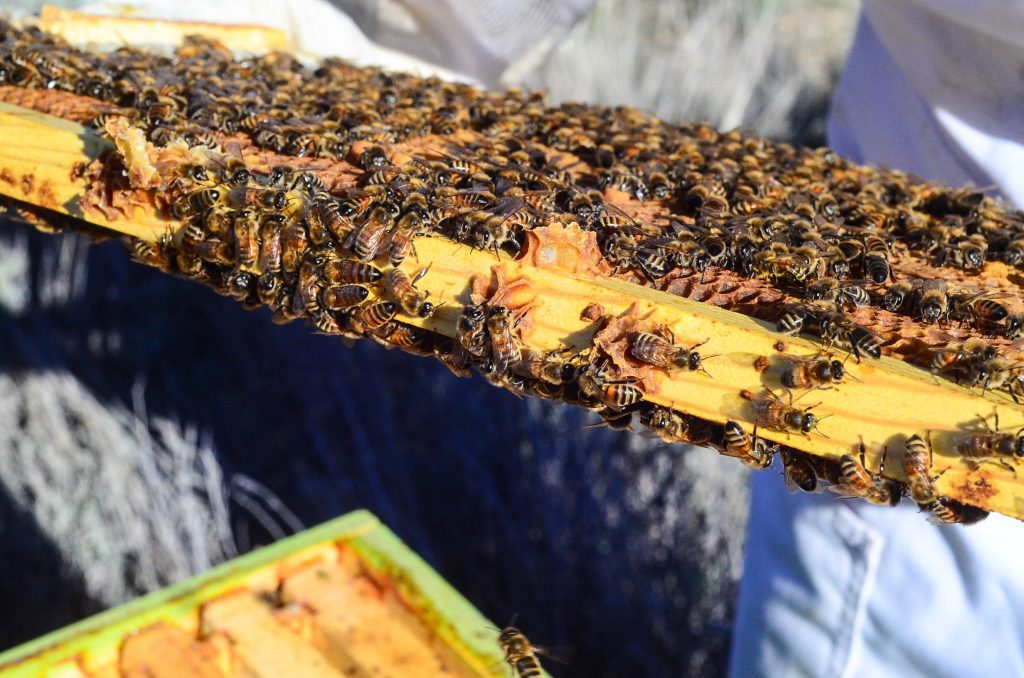
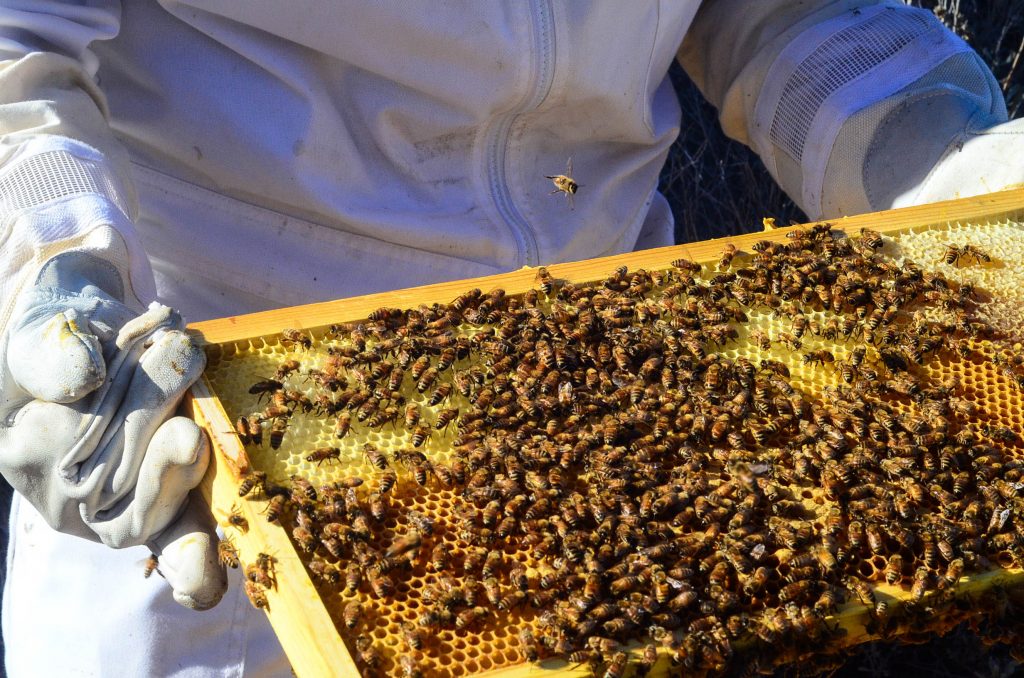
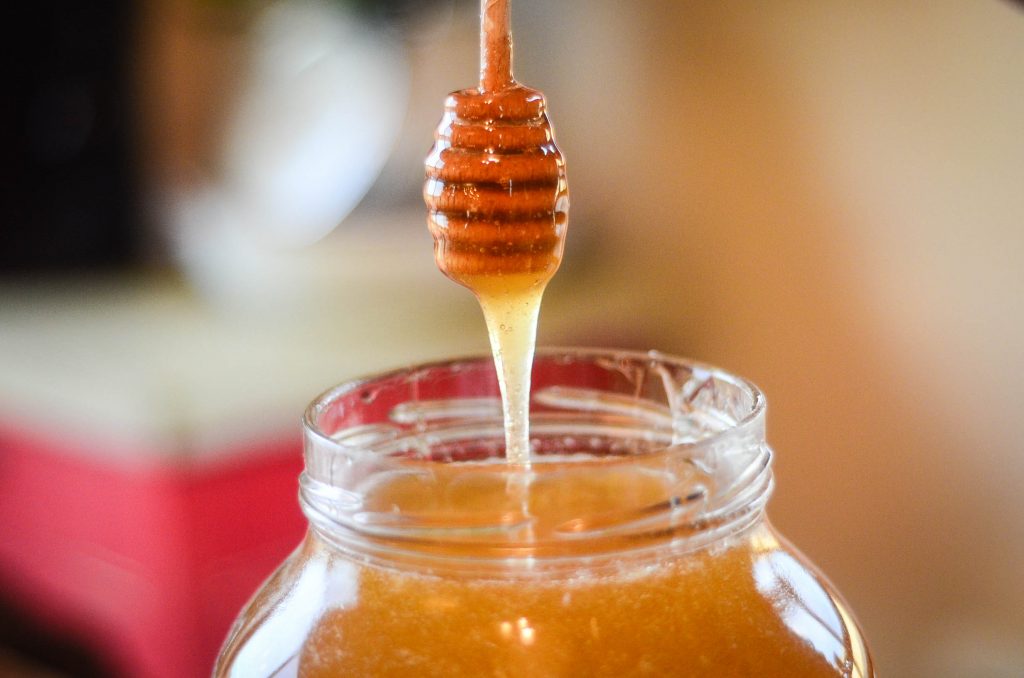
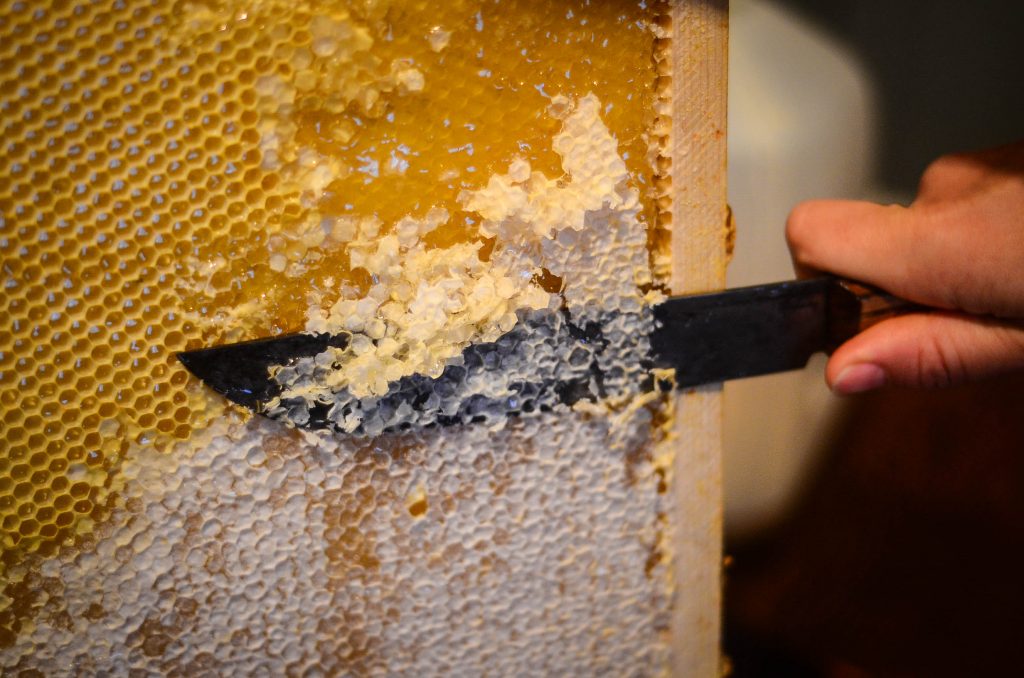
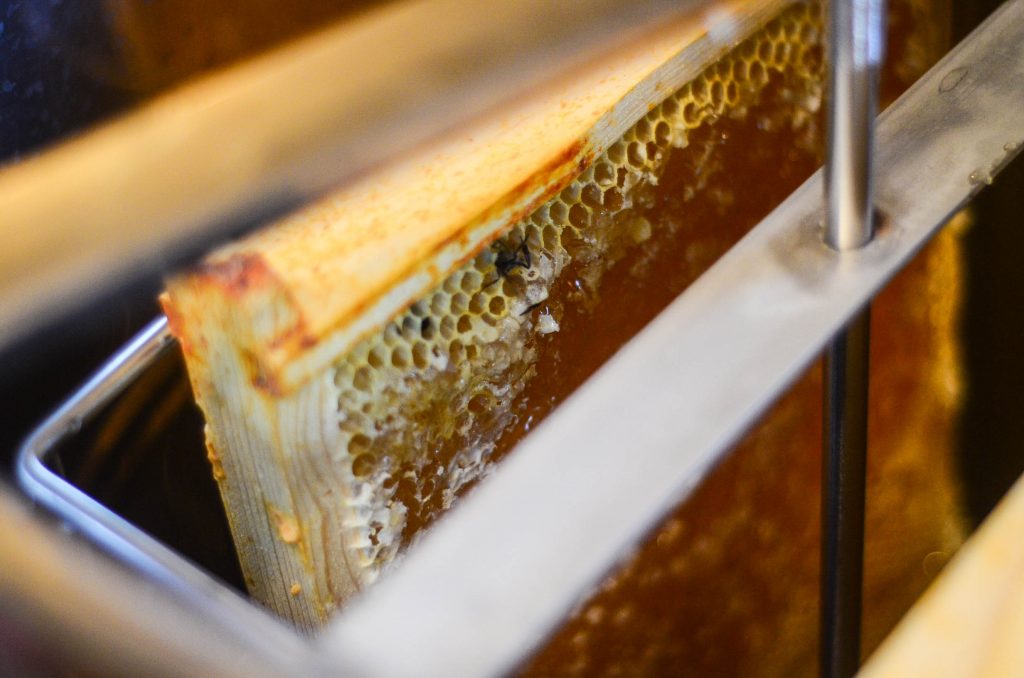
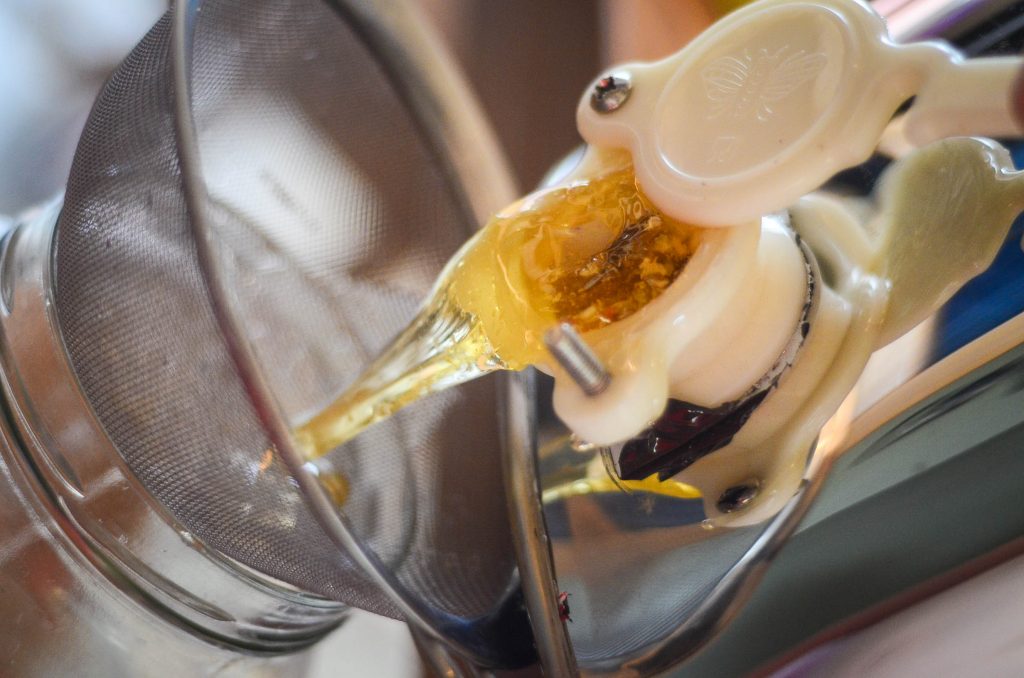
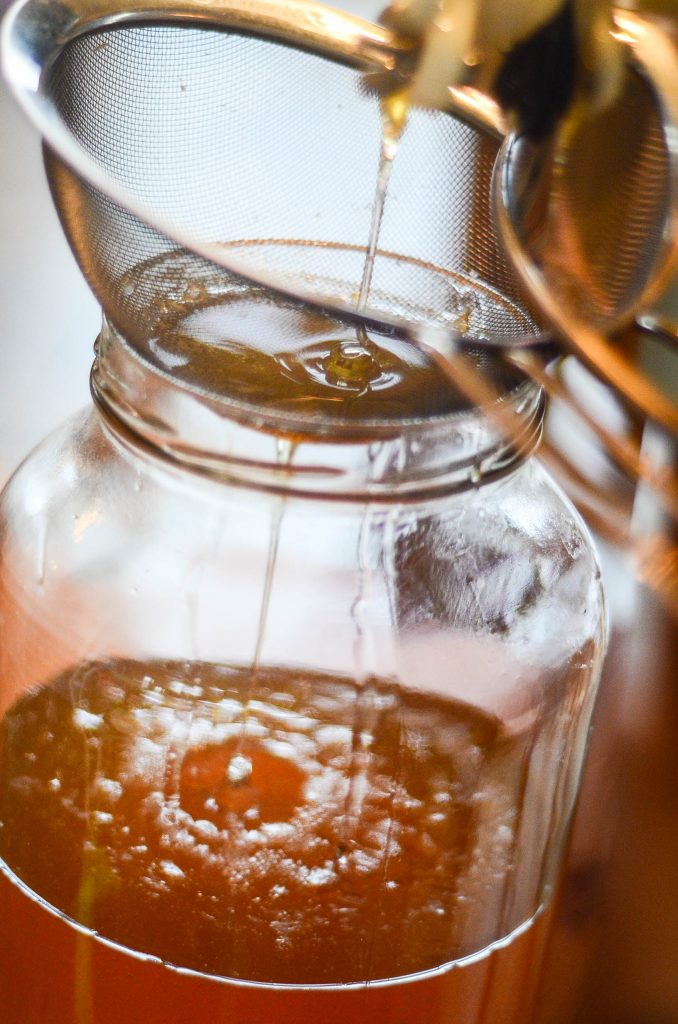
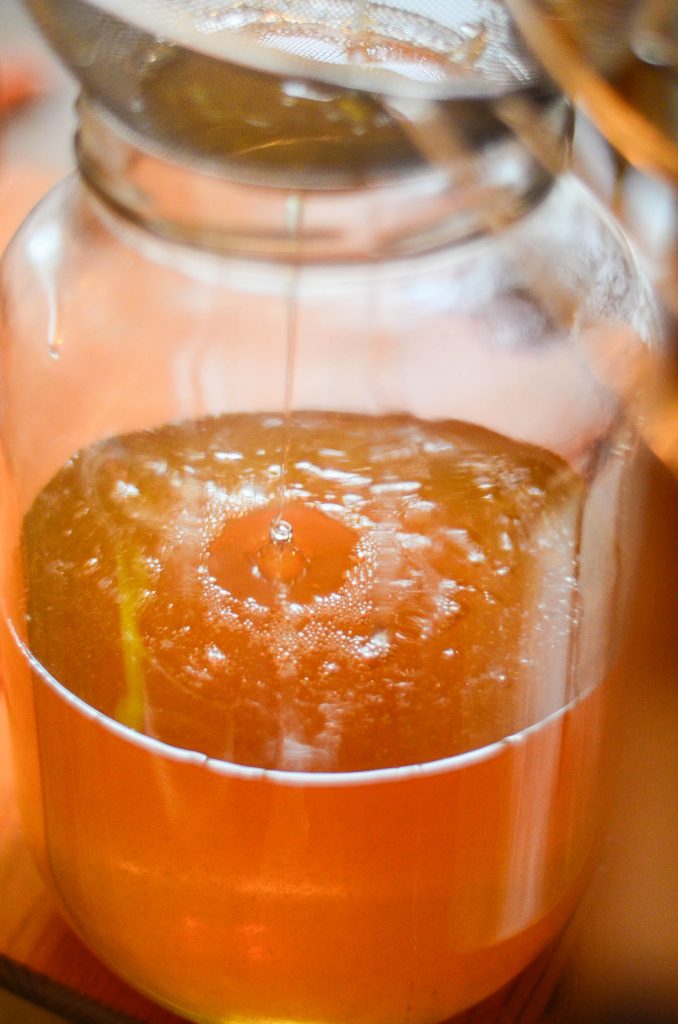
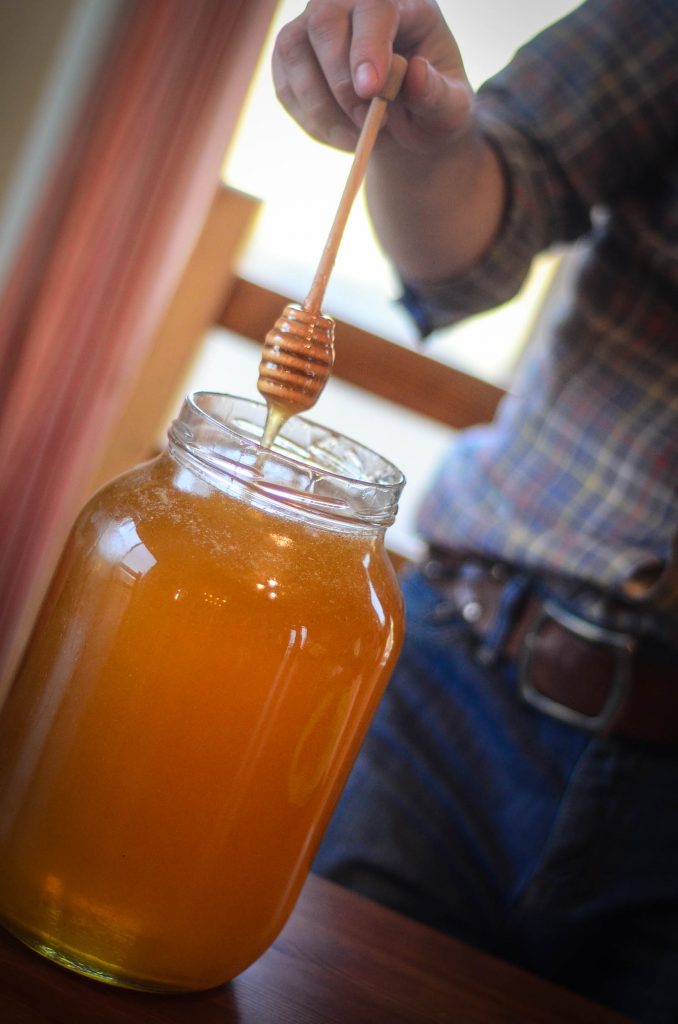
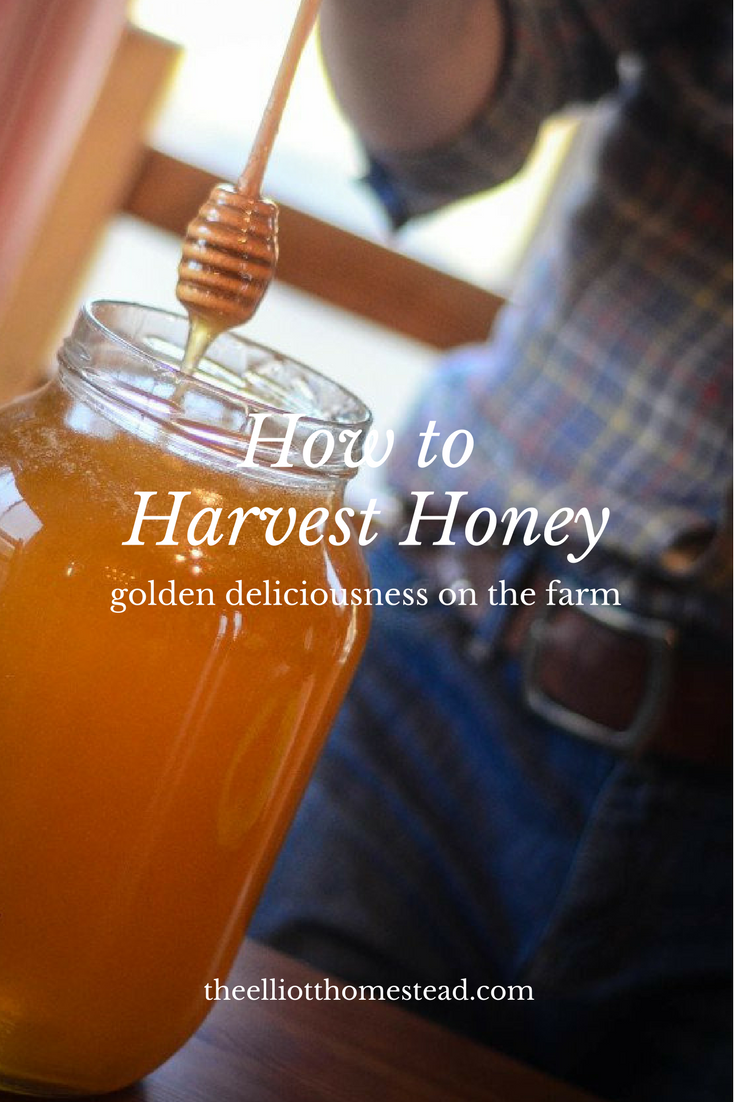

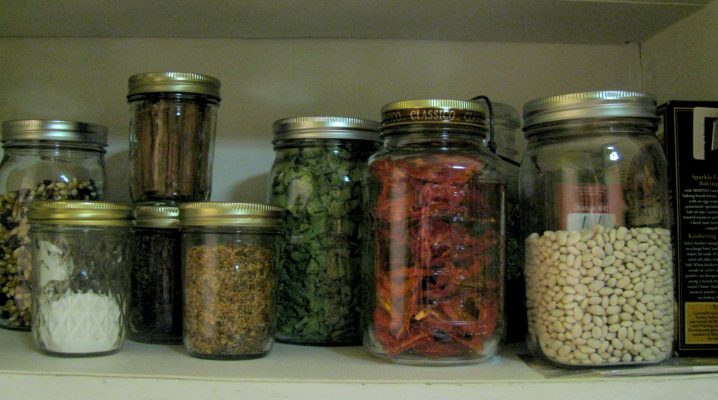
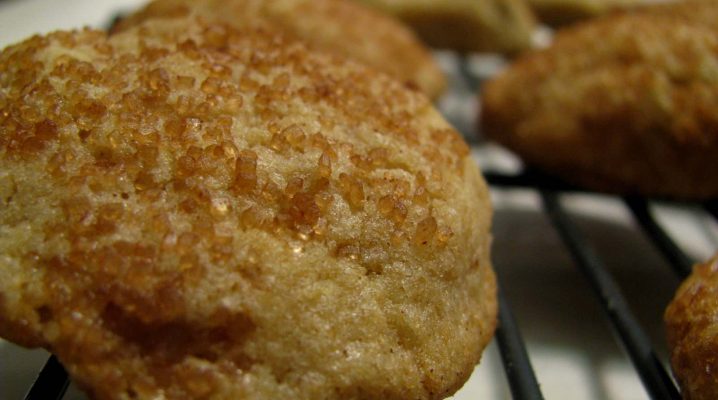
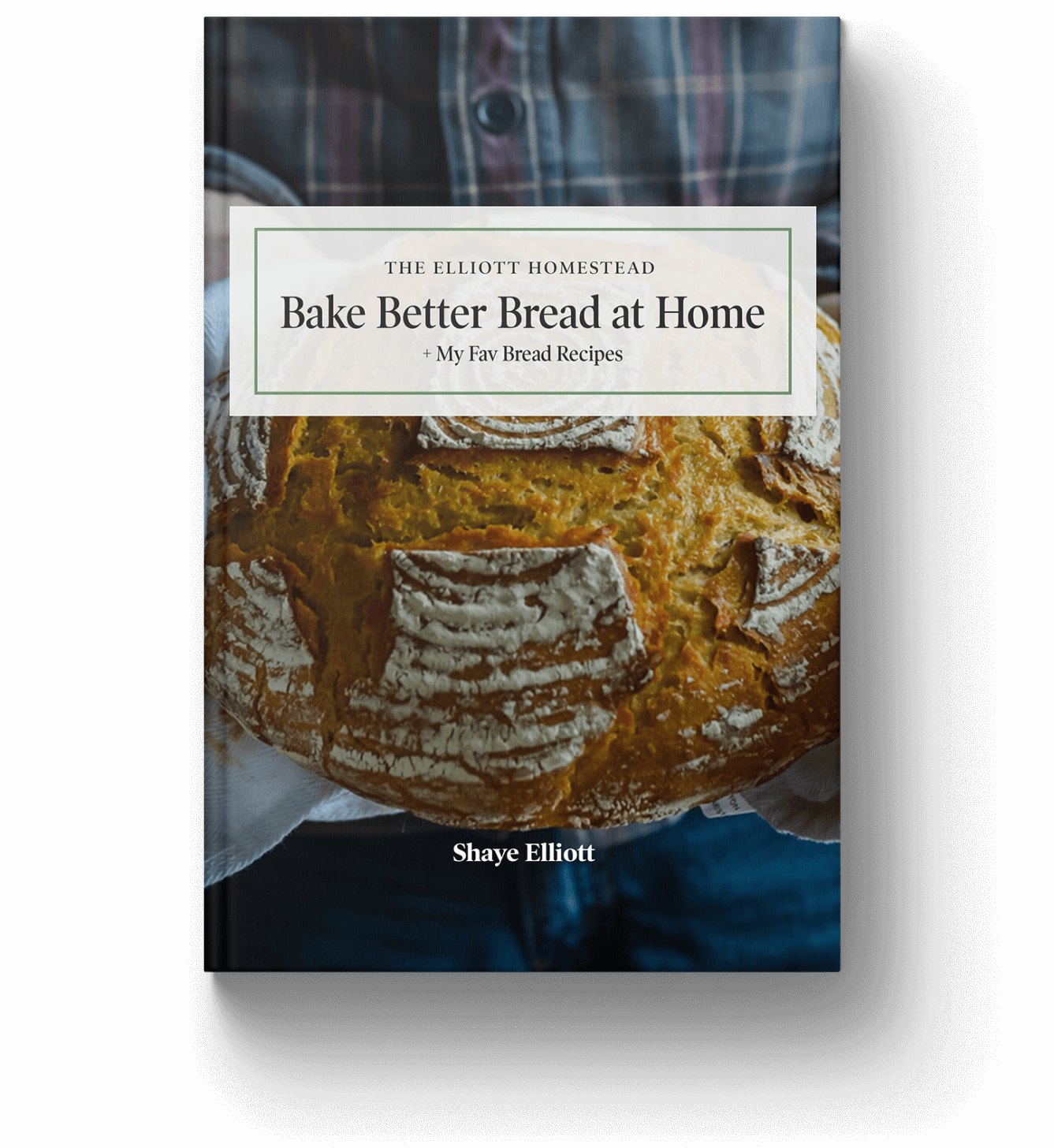
Oh this looks so amazing. I wanted to add a bee hive this spring sooo badly, but we have wayyy too much on our plate already, so it looks like it’s going to be next spring. 🙁 I am so happy for your guys and your first harvest of honey! I can’t wait to follow suit! Glad to know you are happy with the extractor. I will probably go with the same one…
How much honey were you able to get?
Congratulations!!!!
How exciting! I am not a beekeeper, but I’ve always longed to be. Alas, I’m allergic to practically every flying insect. BUT, my dad is and he shares freely with us. Luckily for me, he keeps them mainly just because he enjoys the hobby so they eat very little honey. Sooooo yummy to my tummy!
I’m curious/tempted to start a hive on my little homestead. I went to a free class a couple of weekends ago that some local beekeepers gave and it really fueled the fire! I was so happy to see that you guys have a hive! It’s so helpful to be able to watch someone else go through it first. Your tips/instructions are GREATLY appreciated! Thanks for all you do.
Wow, that is some gorgeous honey! Enjoy!
Fantastic! This is next on my wishlist. I just attended a beginner beekeeper’s class last weekend and it definitely gave me the itch! Congrats on your beautiful harvest.
Yippie! Good for you! We are starting with bees this year. Right now, we are trying to capture a swarm, so wish us luck!
Why is some raw honey in a solid form while others are in liquid form? I don’t know of anyone local any longer that does honey so I buy mine from Tropical Traditions since it’s organic and theirs is in solid form.
Some time our honey turns really light and gets jelly like, I think its because some of the honeycomb gets in there.
We just painted our beehive kits and we anticipate three nucs in a few weeks. Our first in beekeeping so reading about your experience is so helpful.
That is so amazing to me!!!!!!. It looks sooooo good . Thats my dream to have my own bees But I’m just on the second year with my greenhouse and I am so busy with that, so i better wait a year . God Bless You
Shaye, so you started with 2 hives (?) and how much honey did you get from that? 1 gallon as in the picture?
We harvested a gallon from one hive – we’ve get to harvest the frames from the other hive! These frames were from our weaker hive.